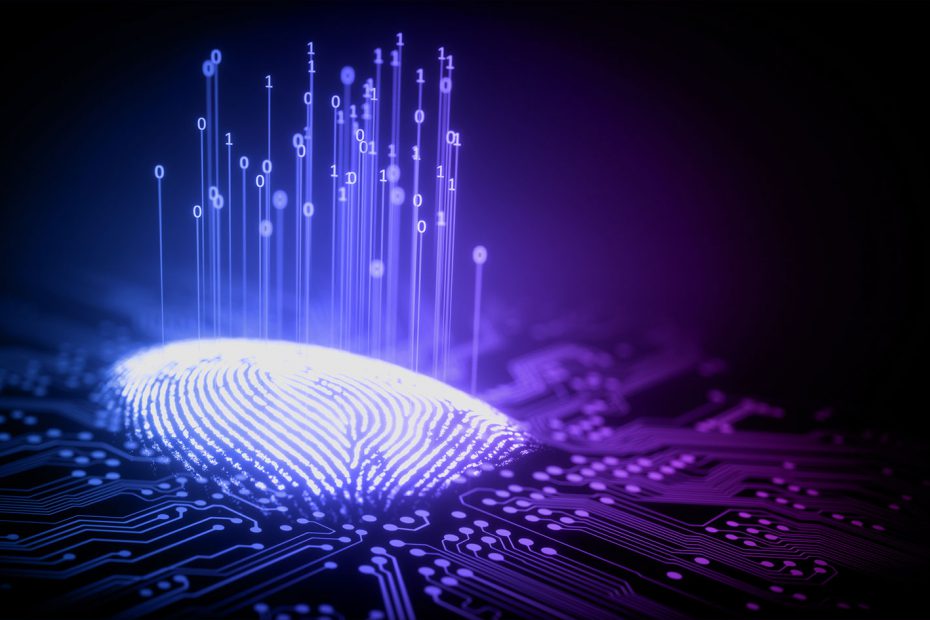As offenders continue to use sophisticated encryption to conceal their crimes, law enforcement agencies are collaborating with NovaceneAI through the Innovative Solutions Canada program to explore new ways to help reveal illegal activities on legally seized devices
Encryption is an incredibly important cyber tool that can protect users’ privacy and keep their data safe from criminals.
It’s used to protect your credit card information when you purchase something online. It can be used in the workplace to send confidential documents to your colleagues. On a much larger scale, it helps to securely exchange intelligence between governments.
But while encryption is an essential technology that is critical to protecting personal information – and even public safety – it has also, unfortunately, fallen into the wrong hands as criminals continue to use it to their advantage.
That’s why NovaceneAI has responded to a challenge through Innovative Solutions Canada (ISC) to explore innovative solutions to decrypting offenders’ data that is seized during criminal investigations – and support the prosecution process for illegal activities.
The ‘dilemma’
More than 20 years ago, researchers were already discussing encryption’s role in illegal activities. In the article Hiding Crimes in Cyperspace, the authors describe encryption as giving “criminals and terrorists a powerful tool for concealing their activities. (Encryption) can make it impossible for law enforcement agencies to obtain the evidence needed for a conviction or the intelligence vital to criminal investigations.”
Today, encryption continues to allow criminals to fly under the radar and engage in illegal behaviour without leaving a trace for police when they conduct investigations – which can potentially thwart prosecution. Offenders use encryption when carrying out all kinds of crimes: for instance, the sexual exploitation of children, or as a method of communication for the purposes of organized crime.
Law enforcement agencies have been trying to get ahead of the problem. Last year, the FBI joined forces with other agencies and made international headlines when they identified more than 800 criminals through a global operation called Trojan Shield, where criminal gangs planned drug shipments and murders over an encrypted tool secretly run by the FBI.
Some in Canadian law enforcement have referred to offenders using encryption as a “dilemma” – circumventing and preventing investigators, who have obtained a warrant from a court of law, from accessing data seized during the course of criminal investigations.
Using AI to unlock crimes
Law enforcement agencies can access someone’s device through a warrant issued by a court of law, but they can’t force the individual to provide their password.
If police can’t access the person’s encrypted data, they may not be able to collect enough evidence to prosecute that person – allowing what some in law enforcement refer to as “a secondary insurance against legal prosecution.”
Through the ISC program, Novacene is working closely with law enforcement to develop an AI system that can ingest material that is within the scope of a warrant and seized during an investigation, and generate case-specific word lists which may be used to help law enforcement decrypt the seized data. Its AI solution may help law enforcement to decrypt seized data in many ways, including: generating subject-specific password lists based on the user’s data activity, processing web history from common web browsers, processing common documents such as Microsoft Word, Adobe PDFs, and text files, and exporting passwords in text format for use in decryption software.
“We’ve long suspected that if you know more about a person, you’d have a better chance to guess or determine what password they were going to use,” explains Dr. Carlisle Adams, a University of Ottawa professor and cryptography expert who is partnering with Novacene for the project. “That’s the theory that we’ve always had, and this is a way we can actually work with some real data and see if that theory is true. In this context, it’s really exciting research.”
Adams, who has nearly 40 years of experience working in cryptography, computer security and network security, adds that the project will “help law enforcement do their jobs and catch criminals.”
Marcelo Bursztein, founder and CEO of NovaceneAI, says that his team will provide law enforcement with the tools they need to collect much-needed evidence that they can’t easily access.
“Novacene recognizes the problem law enforcement officials face in attempting to gain lawful access to encrypted data from seized devices,” he says. “I am confident that our platform will be able to assist law enforcement agencies in efficiently accessing the information they need to prosecute criminals.”
Balancing personal privacy with criminal actions
Novacene believes ordinary Canadians should have their personal information protected through encrypted data. But AI can also be an extremely valuable tool for law enforcement to unlock incriminating evidence from a legally seized device that can prosecute criminals, and in turn, protect public safety.
“If you have information that you feel is confidential or sensitive, or you just want to keep away from prying eyes, then encryption is definitely a tool to use,” says Adams. “But if the data that you’re trying to protect is illegal in some way, or it’s going to lead to harm of people or property, then it doesn’t deserve the protection of encryption. There are times when I think data should be exposed.”
Some activist groups agree. In a 2019 statement on end-to-end encryption, the US-based National Center for Missing & Exploited Children (NCMEC), which fights to protect children, acknowledged that encryption is vital to protecting personal privacy – but that it “must be balanced with the reality that many members of the public use the internet for illegal and abusive conduct.”
NovaceneAI’s solution may help law enforcement navigate this reality and provide innovative solutions to this ongoing dilemma.


